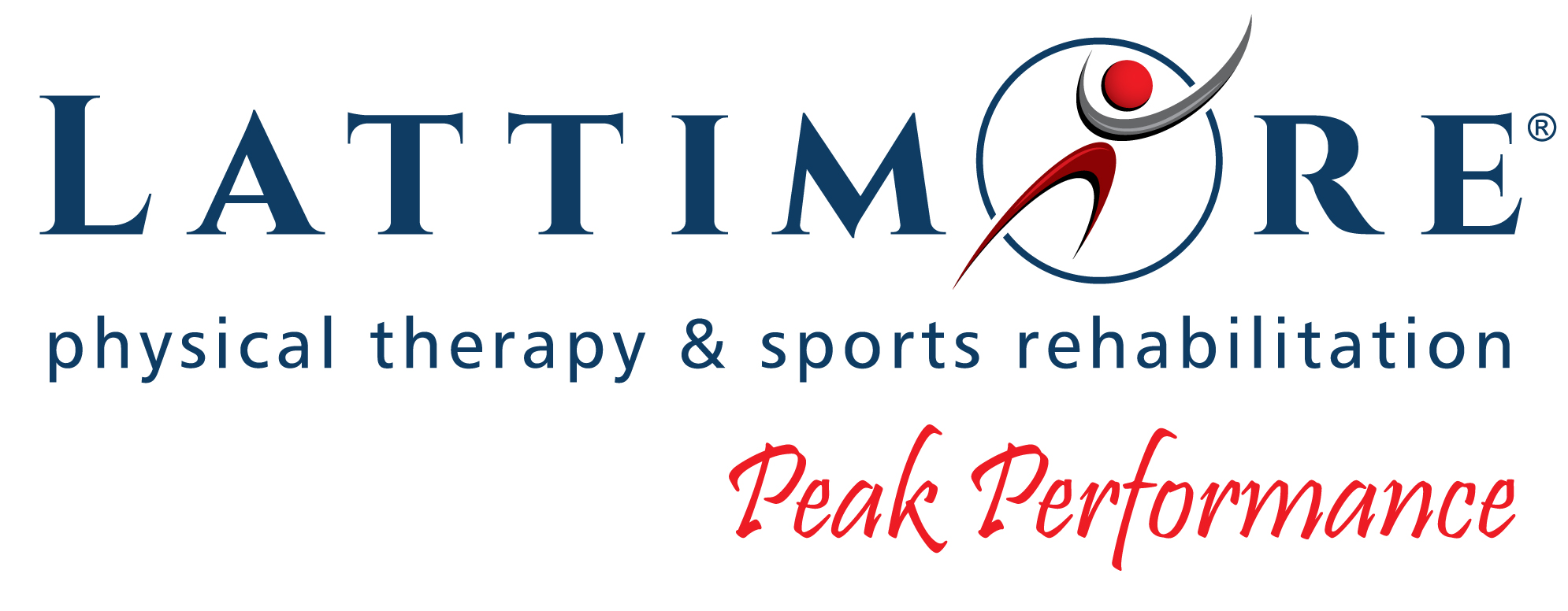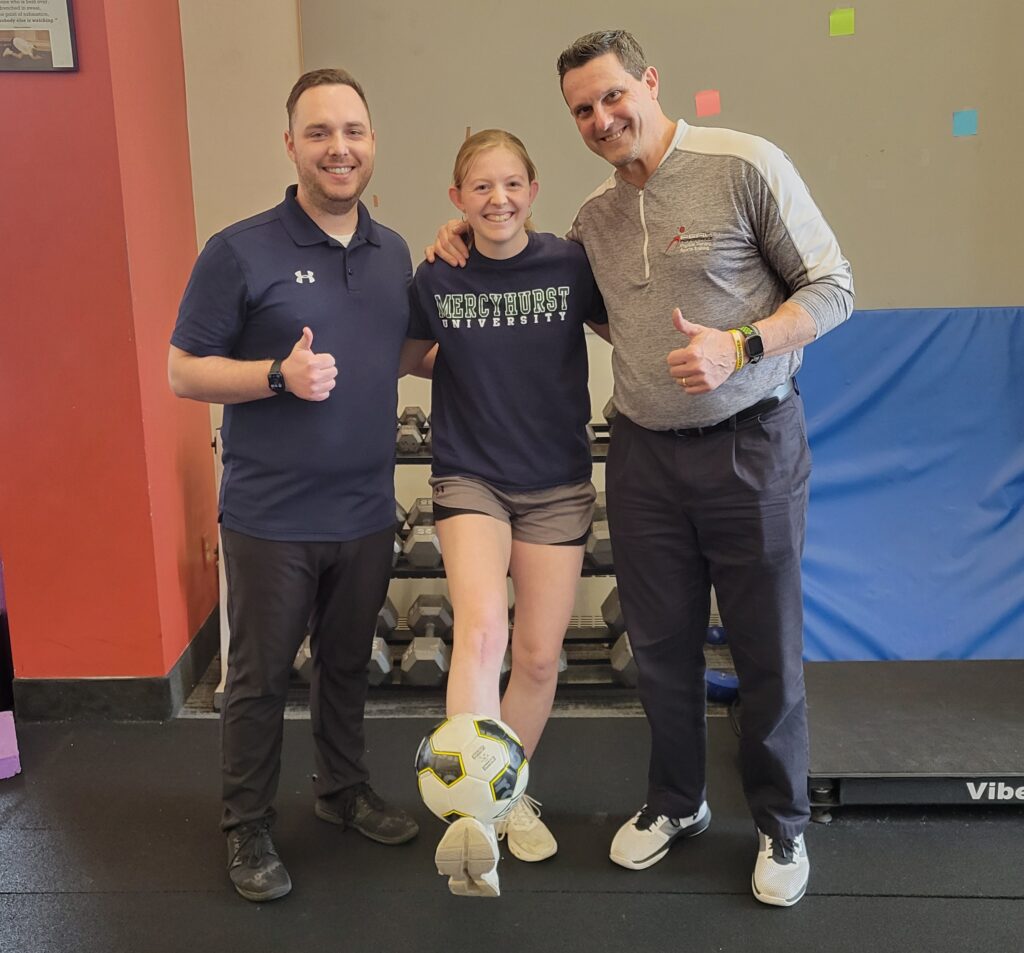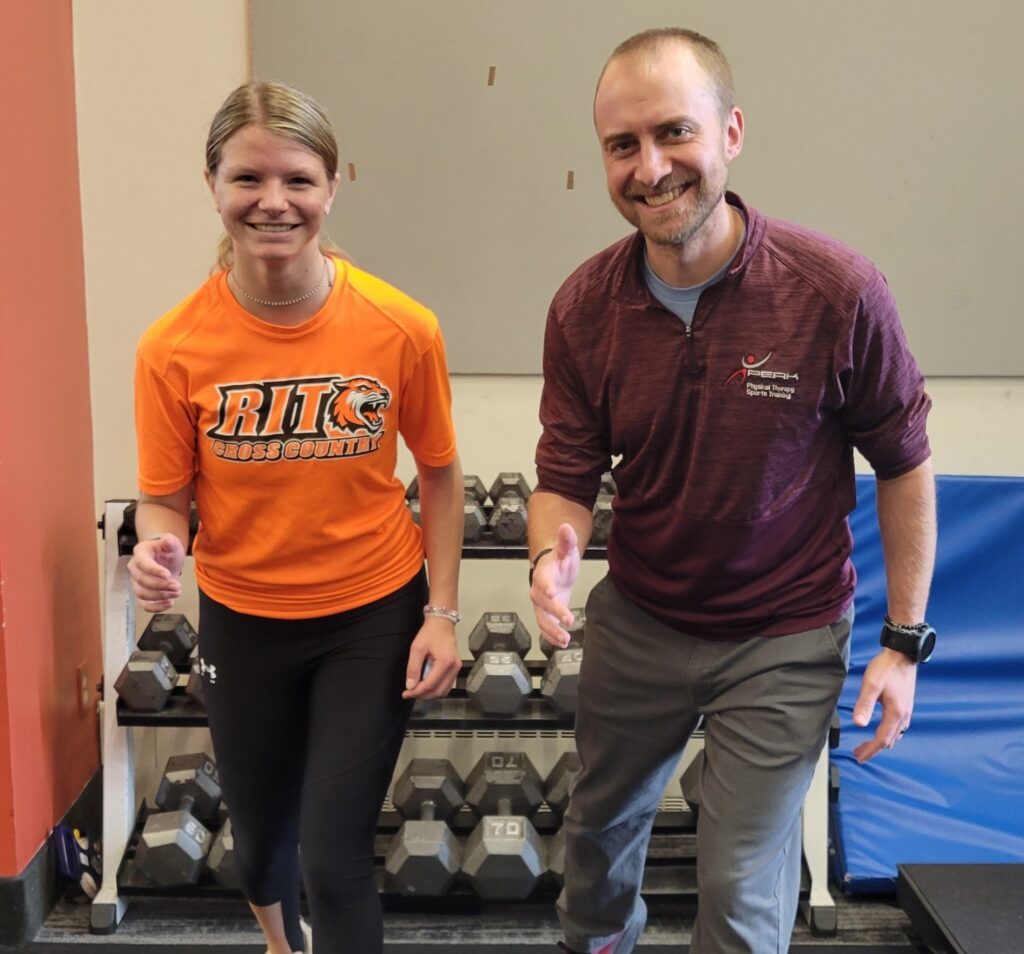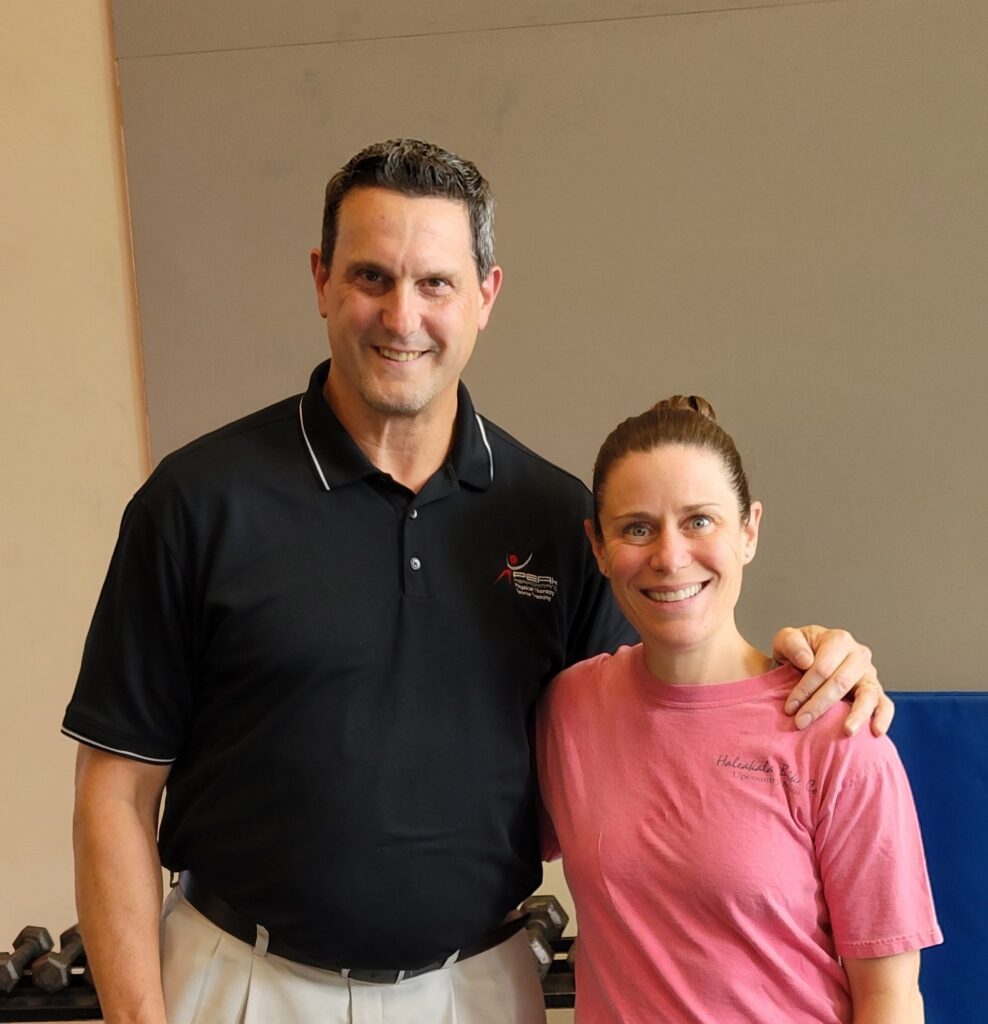A common mistake we see here in the clinic is patients rushing to get a “quick fix” using MRIs, injections, and medications to “treat” the pain in the shoulder. Unfortunately, this can lead to the pain coming back as the symptoms may have merely been “masked” and the underlying causes are still untreated.
It’s not easy to know or be able to assess these connections in our bodies, but a skilled clinician with working knowledge of Applied Functional Science (AFS) can help you connect the dots to not only reduce your pain…but keep it away.When properly addressing the condition, you want to make sure that treatment is thorough enough so that you don’t only get better…but also STAY better!
Shoulder pain can certainly be due to impingement or strains in the rotator cuff or bursae, which would require specific treatment in the clinic to mobilize and reduce inflammation at that tissue. As the pain decreases, the key to successful treatment would be to improve nearby joints that were aiding in the dysfunction in the first place. Poor posture of the neck and upper back play a major roll in increasing abnormal stress at the shoulder. Limitations are often found with trunk rotation and extension (back tipping) which alter the bio-mechanics of movement at the shoulder joint. A shoulder not functioning in an optimal position can lead to overuse strains and pains as we are more active in the summertime.
Now to answer the question in the title…does the shoulder bone connect to the hip bone!? Understanding functional movement and anatomy can help us to draw connections from two areas of the body far apart that influence each other. Let’s say that someone has tight hip flexers (not uncommon) and difficulty extending their hip. This will influence the trunk’s ability to tip backwards with any overhead activity or reaching, which can in turn cause excessive glenohumeral (shoulder) joint stress. Lack of hip motion can result in shoulder pain!
















